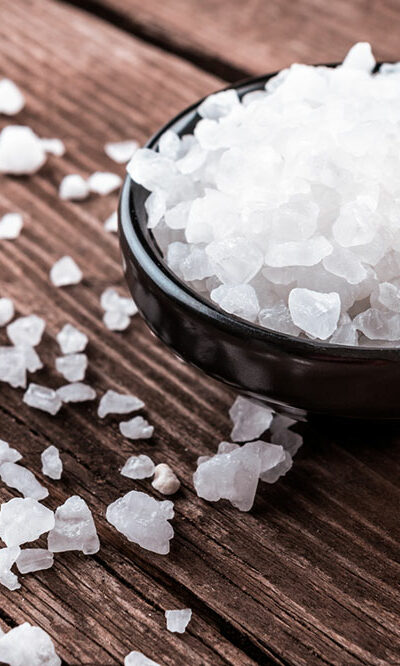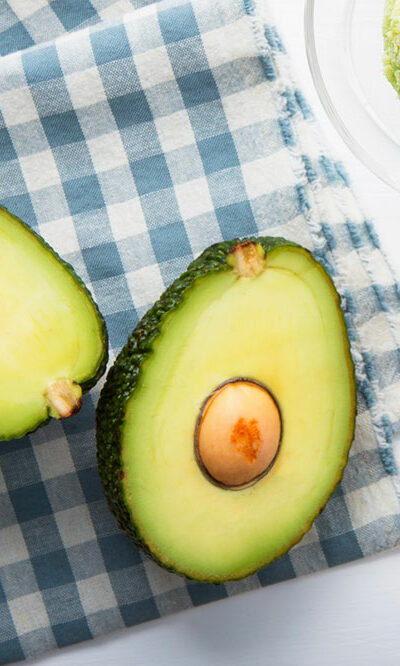Manage Parkinson’s symptoms by making these nutritional choices

Parkinson’s is a progressive neurodegenerative disorder that affects adults. The condition’s slow progression forces symptoms to develop gradually and intensify over the years. However, not everyone will experience the same intensity of tremors, rigidity in limbs, gait, and problems with overall balance. The condition has no cure. But it is possible to prevent, counter, and manage discomforts and symptoms with treatments and changes in daily nutrition and lifestyle.
Foods rich in antioxidants
Oxidative stress can trigger the damage of healthy cells. This can cause rapid progression and worsening of Parkinson’s symptoms. Many studies have indicated the benefits of incorporating antioxidants among daily meals. This is one of the reasons why nutritionists recommend including more antioxidant rich foods to counter the nerve cell damage specific to Parkinson’s disease.
Plant-based foods are naturally rich in vitamins A, C, and E, and are excellent sources of antioxidants. Assorted berries like blueberries, blackberries, raspberries, strawberries, and even cherries are ideal foods for Parkinson’s management. Even certain cruciferous vegetables like Brussels sprouts, kale, broccoli, cabbage, and cauliflower are excellent options. Eggplants, bell peppers, and tomatoes, among other nightshade vegetables, are also healthy additions to one’s meals. In addition to vegetables, nuts can help alleviate symptoms to an extent. Assorted nuts like pecans, pistachios, Brazil nuts, and walnuts can be eaten as they protect the brain cells from Parkinson’s. One should always consult a nutritionist to map out a food chart that will be beneficial to suit their individual needs.
Foods rich in Omega 3
Inflammation is one of the worrying factors linked to the progression of Parkinson’s. Studies show that an abnormal accumulation of proteins in the neural pathways can trigger and worsen this inflammation. If not addressed in time, the progression can worsen to a point where natural remedies can be ineffective. Hence, nutritionists suggest including foods that are rich in Omega 3 fatty acids to counter the inflammation. Fatty fish like salmon, tuna, mackerel, sardines, trout, and cod are excellent sources of Omega 3 fatty acids. Vegetarians and vegans can opt for walnuts, flax seeds, pumpkin seeds, and chia seeds. Other alternatives include avocados, soybeans, Brussels sprouts, and nut butters made from almond or peanuts. One can also use olive and coconut oils instead of hydrogenated vegetable oils.
Foods to counter nutritional deficiencies
Nutritional deficiencies are a result of the body being unable to absorb and utilize essential vitamins and minerals. Prolonged nutritional deficiencies can result in health complications and worsen symptoms of existing conditions like Parkinson’s disease. Take for example calcium — it is one of the most essential nutrients for overall growth and development of vital organs and systems.
Dairy and dairy products; dark greens and leafy vegetables; and fortified snacks rich in calcium can be included among daily foods for Parkinson’s to counter nutritional deficiencies. Vitamin D is one of the key nutrients that helps the body absorb calcium and phosphorus. Fatty fish and dairy products are useful sources of this mineral.
Whole grains like barley, oats, brown rice, and lean meats sourced from chicken or seafood can help replenish the daily requirement of zinc. Zinc plays a vital role in supporting immunity, healing damaged tissue, creation of DNA, and general growth of cells. In addition to these, vitamins B1 and iron are also important to counter Parkinson’s symptoms. They can be found in spinach, peas, lentils, beans, tofu, and products like beef or pork.
Foods and beverages rich in flavonoids
Flavonoid is a type of antioxidant found in many foods and certain beverages that can help counter the oxidative stress caused to healthy nerve cells. Bright colored fruits like blueberries and strawberries are loaded with flavonoids. They are easy to digest and absorb in their raw form.
Dark chocolate, although it is a processed form of dairy and cocoa beans, is also a beneficial food that can be eaten in moderation. More recent studies have also indicated the benefits of drinking beverages like tea in moderation. The composition of these beverages boosts flavonoids, so it can be had in moderation. However, the efficacy of these changes in daily foods for Parkinson’s should be confirmed with a certified nutritionist.
Foods to avoid to prevent Parkinson’s progression
Nutritionists suggest eliminating several foods from one’s daily meals. Many common types of processed foods, high in saturated fat content and preservatives are trigger foods. Eating these regularly may speed up Parkinson’s progression because the body does not receive any nutrition from fast foods, fried foods, canned goods, baked goods or confectionaries, and sugary beverages. Avoid and limit the consumption of saturated fats as studies have linked such foods to adverse effects like disease progression.
Changes in foods for Parkinson’s management will be beneficial to reduce the risk of disease progression and improve quality of life. However, it is also important to incorporate an exercise regime and make lifestyle changes to suit these changes. It is also important to remain properly hydrated. One can also spend time outside to stay active and absorb some vitamin D naturally. Parkinson’s patients can also consider using certain supplements for better management of symptoms.







